A tool for cricket’s expansion; a bloated, pointless tournament; a World Cup warm-up; a test of the best; a dead man walking – the Champions Trophy has had more identities than a CIA convention. Here is a history through eight matches that reveal most about each edition of the tournament. (Now updated with a match from 2017 added.)
1998: A cracker in Bangladesh
Zimbabwe vs New Zealand
So much about the tournament’s uneven, thin history makes sense if we go back to the first match played in its name. Also, the name: it wasn’t the Champions Trophy but the Wills International Cup, although Wisden gave it some gravitas by calling it the Mini World Cup.
The idea for the tournament came from the sharp mind of the spiritual father of modern Indian cricket administration, Jagmohan Dalmiya. The tournament was created to raise funds and to spread cricket beyond its closed Test-playing world. That was reflected in its location: Bangladesh may have been third on the list, but only behind other outlandish outposts such as Disney World in Florida, and Sharjah.
The accent was on money-making – Bangladesh themselves weren’t allowed to enter – and to generate revenues in the long four-year gaps between World Cups. It made US$10 million, a big deal for the ICC at a time when it was starting to take control of its events.
Some bright spark thought opening with Zimbabwe vs New Zealand was a good move. They got this crackerjack game, won off the last ball with a four through extra cover by Chris Harris. That was the exclamation point on a chase that saw 40 taken from the last three overs. But it was played out to a half-empty stadium in Dhaka, which, in that cricket-obsessed nation, was some feat of administrative ineptness. And so a pattern was set: an event that gave us some fine cricket, if only we could be bothered watching it.
2000: Out of Africa
Kenya vs India
If they had previously paid lip service to growth, this time the ICC seemed serious. Now called the ICC Knockout, not only was the tournament staged once again in cricket’s developing world – Kenya – but both Bangladesh and Kenya were invited to play. That seemed to speak unequivocally of how the ICC expected this tournament to evolve.
Kenya had beaten India in an ODI two years before this game, and not long after this, they would reach the semis of the World Cup; they were a decent investment for expansion. They were convincingly brushed aside in this opener at the Gymkhana Ground in Nairobi, though. Ravi Shah and Maurice Odumbe put together a partnership of some promise, but once Shah was out, the momentum petered out. A top order featuring Sourav Ganguly, Sachin Tendulkar, Rahul Dravid and Vinod Kambli was never going to be troubled by a paltry chase of 209, and so it proved.
By and large, however, the tournament worked. The ICC made an effort – their pitch consultant Andy Atkinson was sent out a few months in advance to spruce up sluggish pitches, and they eventually proved excellent for 50-over cricket. The ground was given a facelift. And they ended up making more money than before – $13 million.
But there were also clear signs of how difficult a task spreading the game could be. Attendances were low throughout – 4000 for this game, far less for others. And both games involving the hosts and Bangladesh were mismatches.
2002: Two finals, many questions
Sri Lanka vs India
Around this time, as it finally found the right name, the theme that has haunted the Champions Trophy since began to form: what was the point of it? And much of that bewilderment was encapsulated by the denouement of this edition. Somehow, an 18-day tournament featuring 12 teams, failed to produce a clear winner.
Two finals were attempted on successive days between the hosts and India, and monsoon rains let neither be completed. The pair had thus to be content sharing the trophy. In an immediate sense, it was a great shame, because both games were tantalisingly poised. In both Sri Lanka batted first and did so gamely on a pitch that was becoming slower by the over. In both, Virender Sehwag provided a brief but chilling portent of what he could have done before the rain came.
The games were ellipses at the end of the tournament rather than the exclamation point it needed. And they brought out all the frustrations that were building. Why, for instance, was it scheduled so thoughtlessly, just before the start of what is Sri Lanka’s second monsoon season? Why was it taking place mere months before the flagship ICC event, the World Cup, in the process devaluing both events? Why were there so many teams playing in it, if it wasn’t the World Cup and if the quality of competition was so reduced (Netherlands was a new invitee)? Why, why, why?
2004: Candy from babies
Australia vs USA
In less than three hours – which were embarrassing for pretty much everyone involved – the dream (or pretence, depending on whether you were a cynic or romantic) died. Until this game, expansion was a priority on the Champions Trophy agenda. The ICC kept the tournament bloated, with 12 teams; USA took the place of Netherlands, bringing into sharper focus the idea that the US was a market waiting to be broken into.
Ricky Ponting’s plan was to win the toss and worry about a washout in his next game – that’s how irrelevant the opponents were here. Duly, USA were bowled out for 65, though they managed to prolong their painful collapse over 24 overs. Australia chased down the target in less than eight overs, in what remains one of the greatest mismatches in ICC history. After the game, Ponting questioned the value of including teams such as the US – and even Bangladesh – in such tournaments.
Those comments were, effectively, the start of a modern cricket conversation that has taken place at every 50-overs ICC tournament since, and showed up the flimsiness of the ICC’s “dream” in the process. What price expansion? To what end? For more of these matches? And is expansion through exposure in such tournaments the best way? And if not, then what is the point of the Champions Trophy?
2006: What’s the point?
West Indies vs Zimbabwe
The dream may have died, but the ICC was still rubbing its eyes awake. Instead of removing potential mismatches altogether, they just moved them to before the tournament
Zimbabwe were in the throes of administrative crises and were no match for a West Indies side that could still rouse itself for the odd occasion. Jerome Taylor and Ian Bradshaw throttled them at the start, and it went downhill swiftly. Chris Gayle finished with 3 for 3, an indicator of the quality of the batting. And then he was dropped twice in his 41, as West Indies strode to a nine-wicket win with more than 35 overs to spare.

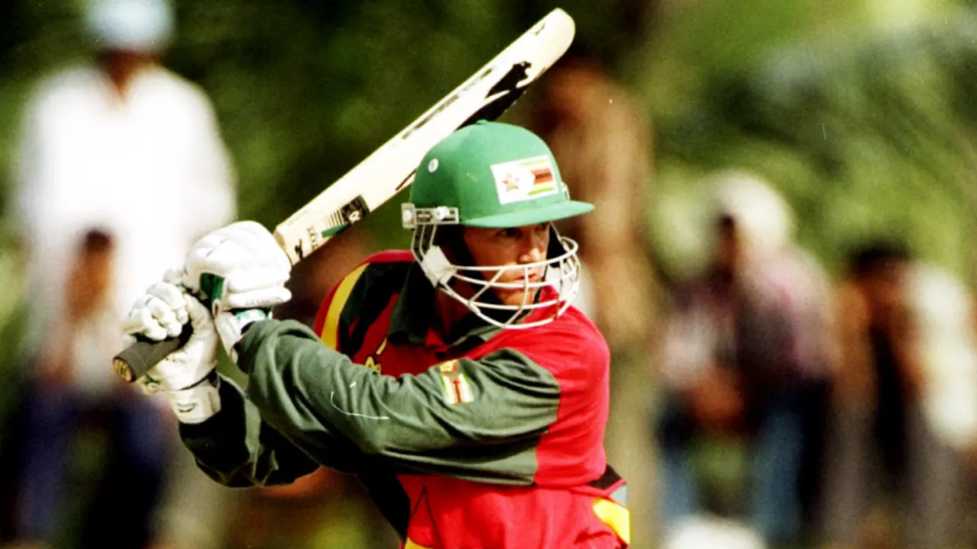


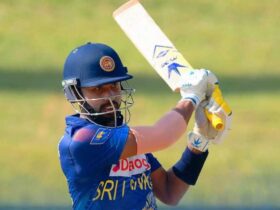

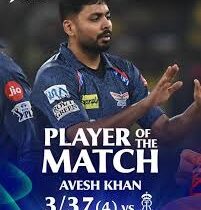
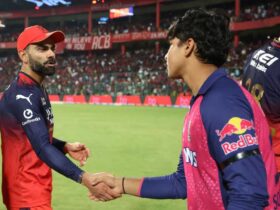

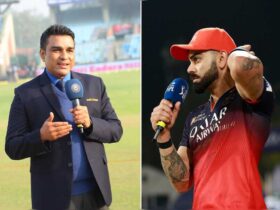
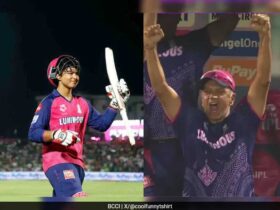
Leave a Reply